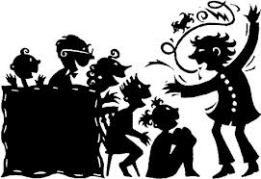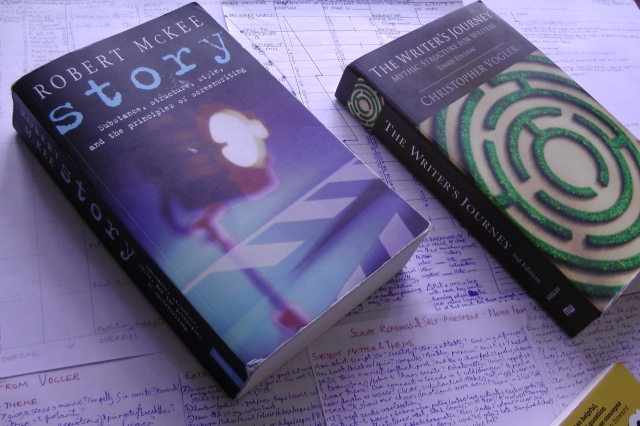
Ah… stories, don’t we all love them? Good, bad. Cute, horrifying. The ones you knew first, the ones everybody knows. The power of storytelling is ancient, current and the future.
“I am because I have a story”
Lots of people recognize the power of storytelling nowadays; it has in fact become quite a hype since the guys @ Make Believe built a serious agency around it in 2005, with agencies currently popping up like mushrooms in the Fall. Nevertheless I still believe it is hard to overestimate the power of stories. You might even say “I am because I have a story”. Imagine meeting someone who doesn’t have one. That’s even freakier than that story about the guy that didn’t have a shadow.
All brands have a story
The good thing is: it’s not so hard to have a story, because everyone naturally has one. Some people might feel their’s is not worth telling, but in my view, when you really dive into it every story is worth listening to for a certain audience. This is the same for brands. Every brand has its story, about where it came from, what the initial idea was, how it just popped up into someone’s head or just coincided. Everyone working on a brand (agency and client) should know the story. We sometimes tend to forget what made the brand we work for the brand in the first place. More importantly nowadays consumers want to know stuff about your brand and since there is a world wide web (love that word) it’s easy to share, so do it! Here’s some advice on how to get started.
Get your story out there in 4 + 1 steps
-Step 1 – Get to know the brand story.
When I started to work for the beer brand Grolsch they took me around every part of the brewery for 6 weeks. Now that might be overdoing it, but I did know the brand and product story inside out (and still do). That obligation works both ways: as an employee you need to want to know the story, as an employer or manager it’s good to let your people get to know it.
-Step 2 – Understand the story.
Knowing it is one thing, understanding it is something else. In order to get your story out there you need to understand how the story is connected to and in the end led to the brand. From Grolsch I remember Masterbrewer Peter Cuyper who came up with the combination of two types of hop that lead to the unique Grolsch taste.
-Step 3 – Make it interesting without being untrue
Now this is an interesting step, because it can be a thin line between the two. To decide how to make the story more interesting you need to know your target audience and what they like. When in Life Science you might want to know about the process, when an average consumer audience might find heritage more interesting; sometimes just showing your old ads is a great way. Shine it up: yes, but be truthful!
-Step 4 – Make it easy, interesting and fun to share
Use the web to its fullest with Youtube, Pinterest, Facebook, Twitter, Games and the likes (don’t forget about magazines & newspapers) and get some advice on how to ideally use those media as each one has its own rules and ways to make maximum impact and cut through. This makes it easier and more fun to spread and to get consumers talking about it.
-Finally – Be proud and make the people you work for and with part of your enthusiasm. We all love great, positive stories that lead to good brands.
Although we are not all as great storytellers as the Grimms and not everyone can come up with the great Greek myths or Viking sagas, we all have a story, and by the way theydidn’t have the web.
Some examples brand stories:
– beer: Grolsch
– wheels: Vespa (wonderfully in Italian)
– social: Facebook
– shampoo: Carol’s daughter
– ice cream: Ben & Jerry’s




